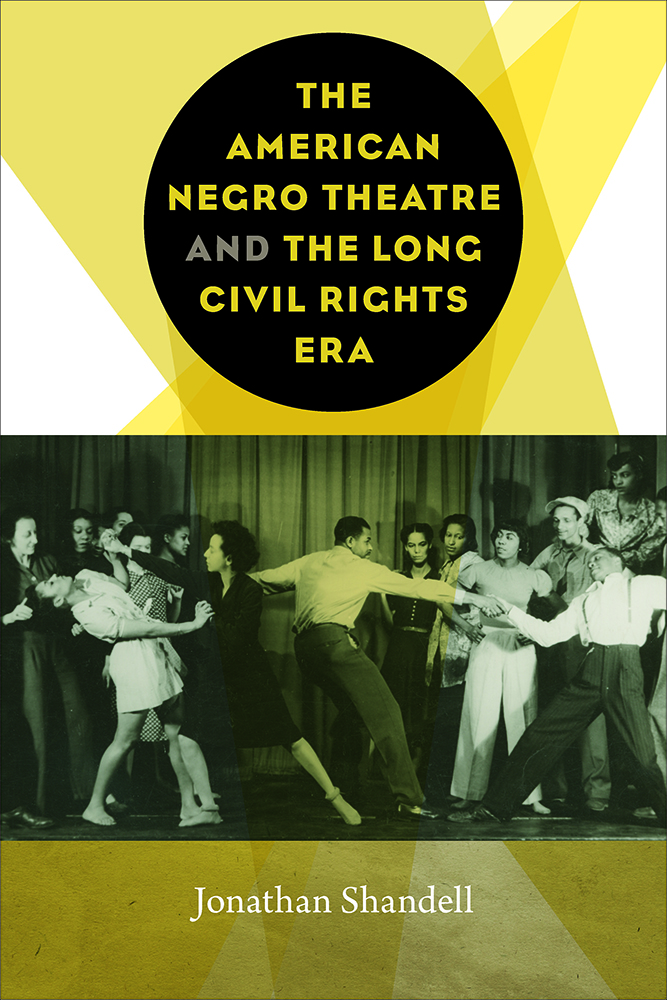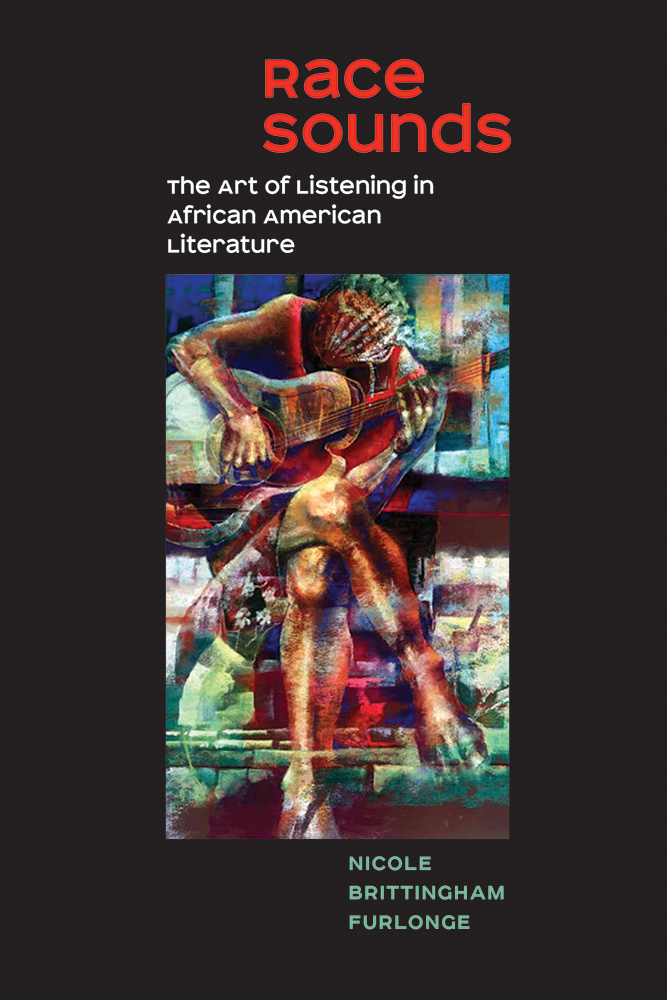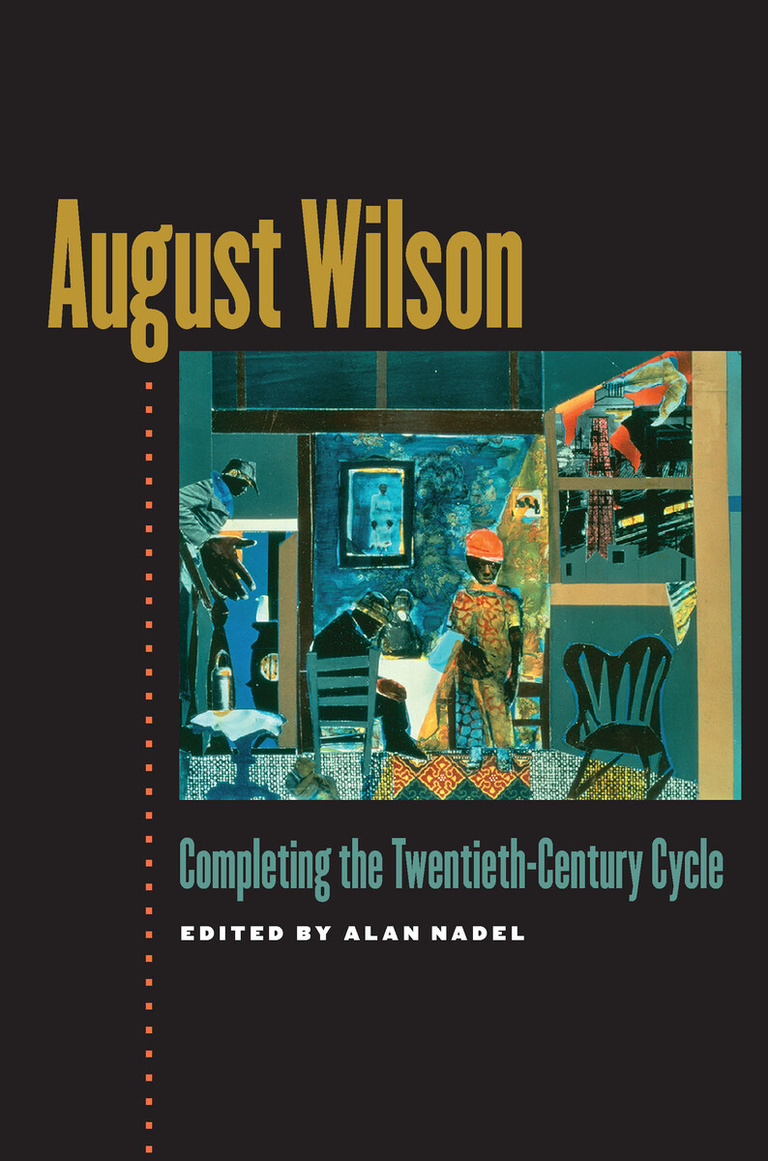Jonathan Shandell provides the first in-depth study of the historic American Negro Theatre (ANT) and its lasting influence on American popular culture. Founded in 1940 in Harlem, the ANT successfully balanced expressions of African American consciousness with efforts to gain white support for the burgeoning civil rights movement. The theatre company featured innovative productions with emerging artists—Sidney Poitier, Harry Belafonte, Ruby Dee, and many others—who would become giants of stage, film, and television. In 1944, the ANT made theatrical history by creating the smash hit Anna Lucasta, the most popular play with an African American cast ever to perform on Broadway. Starting from a shoestring budget, the ANT grew into one of the most important companies in the history of African American theatre. Though the group folded in 1949, it continued to shape American popular culture through the creative work of its many talented artists.
Examining oral histories, playbills, scripts, production stills, and journalistic accounts, Shandell gives us the most complete picture to date of the theatre company by analyzing well-known productions alongside groundbreaking and now-forgotten efforts. Shedding light on this often-overlooked chapter of African American history, which fell between the New Negro Renaissance and the Black Arts Movement, Shandell reveals how the ANT became a valued community institution for Harlem—an important platform for African American artists to speak to racial issues—and a trailblazer in promoting integration and interracial artistic collaboration in the U.S. In doing so, Shandell also demonstrates how a small amateur ensemble of the 1940s succeeded in challenging, expanding, and transforming how African Americans were portrayed in the ensuing decades. The result is a fascinating and entertaining examination that will be of interest to scholars and students of African American and American studies and theatre history, as well as popular culture enthusiasts.
“This short yet comprehensive history of ANT, its key members, and their work is the first of its kind and is long overdue. Shandell’s examination of the available archival material is meticulous, and the noteworthy case studies point to how racial inequality still pervades contemporary American society. Scholars of African American theatre and performance, especially those whose area of focus lies within the short but significant timespan of ANT’s activities, will find Shandell’s study a crucial resource for an often overlooked but historically important institution in American theatre history.”—The Journal of American Drama and Theatre
“Shandell has delivered a long-overdue history of the American Negro Theatre. He provides detailed insight into key productions and individuals both on and off stage. This book fills a major lacuna in the history of American theatre.”—Kathy A. Perkins, editor, Selected Plays: Alice Childress
“This book is both timely and much-needed as it is, by far, the only sustained and focused study of the American Negro Theatre. Its value is in its success at supplying a missing link in African American theatre history and in its painstaking retrieval of ANT’s past and its still-lingering influence. As such, it certainly should be assigned reading for undergraduate theatre and performance studies students enrolled in theatre programs. It must be required reading in graduate level courses.”—Sandra G. Shannon, Howard University



